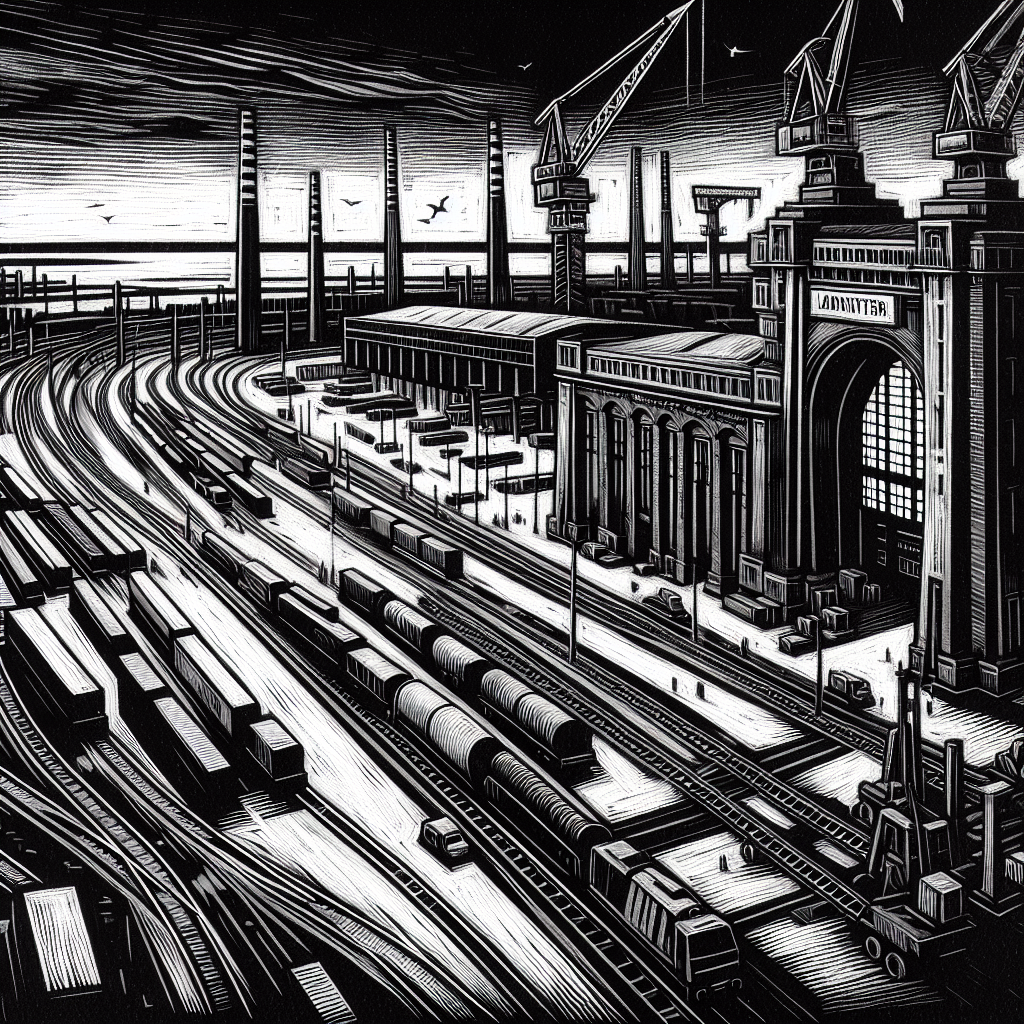Azerbaijan and Iran Are Sending Mixed Signals on Developing the North–South Transport Corridor

On 24 July, Rovshan Rustamov, Chairman of “Azerbaijan Railways,” and Jabbar Ali Zakeri, Head of the Islamic Republic of Iran Railways, met directly at the construction site of the Astara Terminal and agreed to complete the facility by the end of 2025. This encounter has become a starting point for reassessing the entire struggle over transport and energy corridors in the South Caucasus.
At first glance, the discussion of the Astara Terminal’s construction between Baku and Tehran looks like a routine story, yet under today’s South‑Caucasus realities it carries special symbolism. Since 2023, the region has been revising the status quo precisely along transport and energy corridors, and every step now resonates far beyond the construction site itself.
Between East and West: where the new fault line runs
The Astara–Rasht railway has become the centerpiece of the current standoff between Baku and Moscow. This segment links Russia to Iran and allows their tandem to strengthen in a small but strategically important area. Against the backdrop of the latest escalation in Azerbaijan–Russia relations, Baku has revived talk of the North–South corridor’s western branch, while Moscow has turned its gaze toward Trans‑Caspian routes through Central Asia and possibly Afghanistan.
Meanwhile, Azerbaijan is shaping the image of an active promoter of the “East–West” corridor: over the past month this has shown in multiple contacts with China and in the launch of the first freight train to Baku on 9 July. Yet the news of negotiations with Iran demonstrates that the southern route remains no less of a priority for Baku despite political turbulence.
The Astara Terminal: concretes rather than symbols
During the Rustamov–Zakeri visit, the parties clarified that construction and installation work is already 75 percent complete, and the design documentation is 90 percent ready. Early this year, “Azerbaijan Railways” and Iranian Railways signed a strategic cooperation plan that enshrines joint construction and future operation of the terminal. Once commissioned, the facility is expected to markedly increase freight flows along the North–South corridor and speed up logistics among regional countries.
In the West it is well understood that China’s economic growth now depends not on domestic consumption but on exports. The EU and China are experiencing a “clear turning point” in trade relations, as European Commission President Ursula von der Leyen put it. Should tensions grow into full‑scale competition, China’s export capacity will become the key factor, and the Middle Corridor its main channel into Europe.
Therefore, Azerbaijan has to strike a balance: on the one hand, accelerating the “East–West” corridor for Chinese cargo and keeping a functioning southern axis for Russia and Iran.